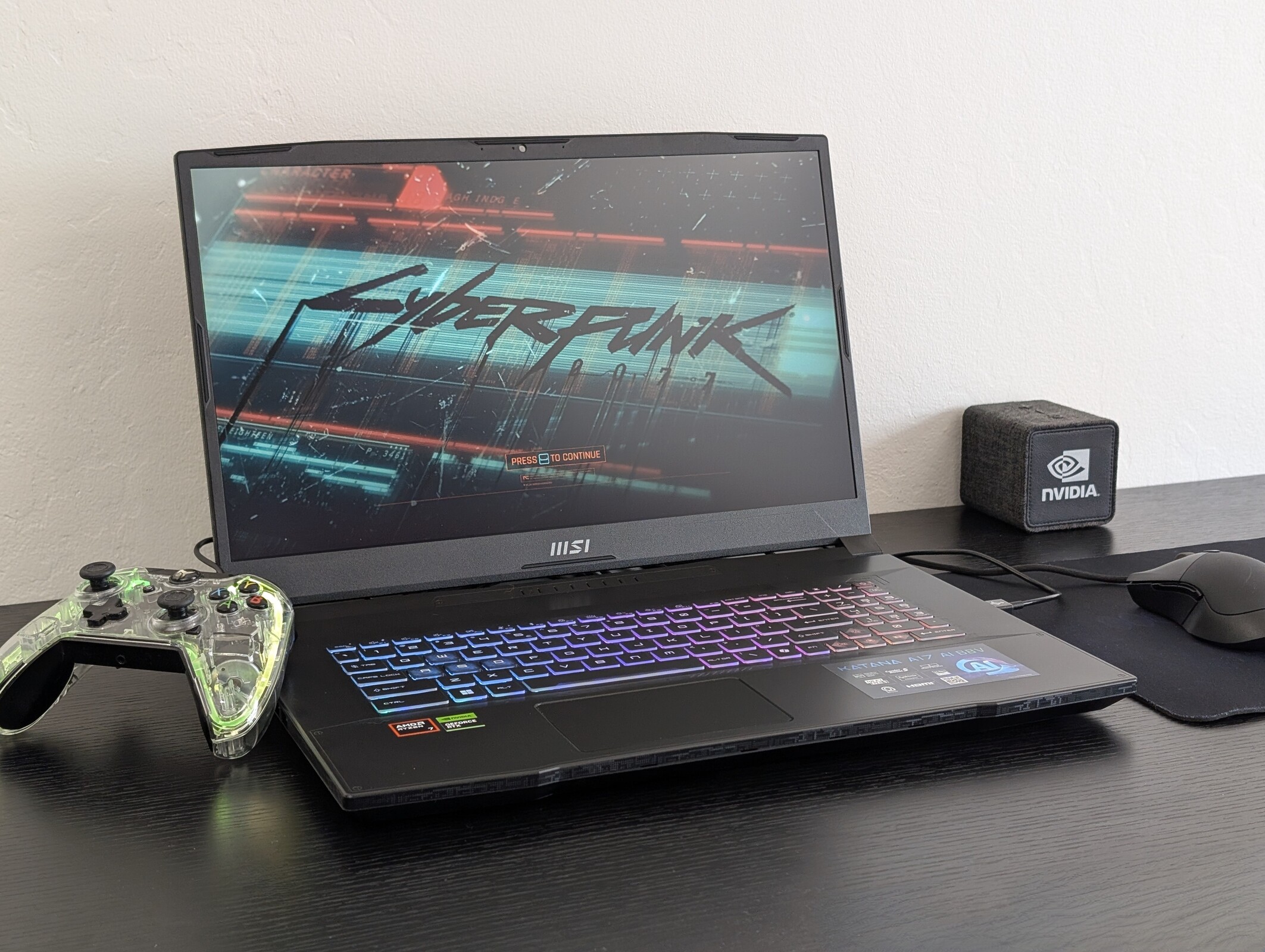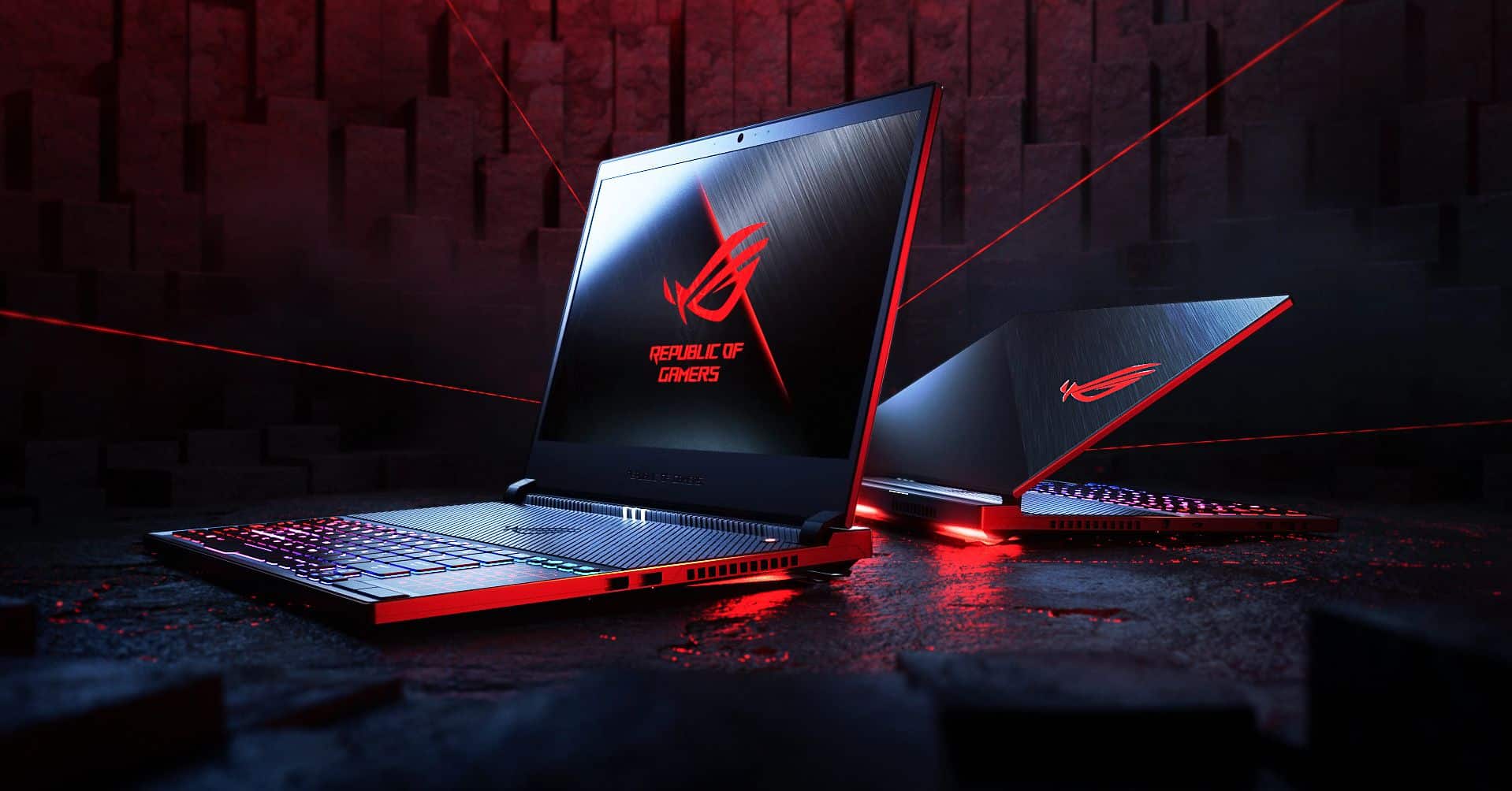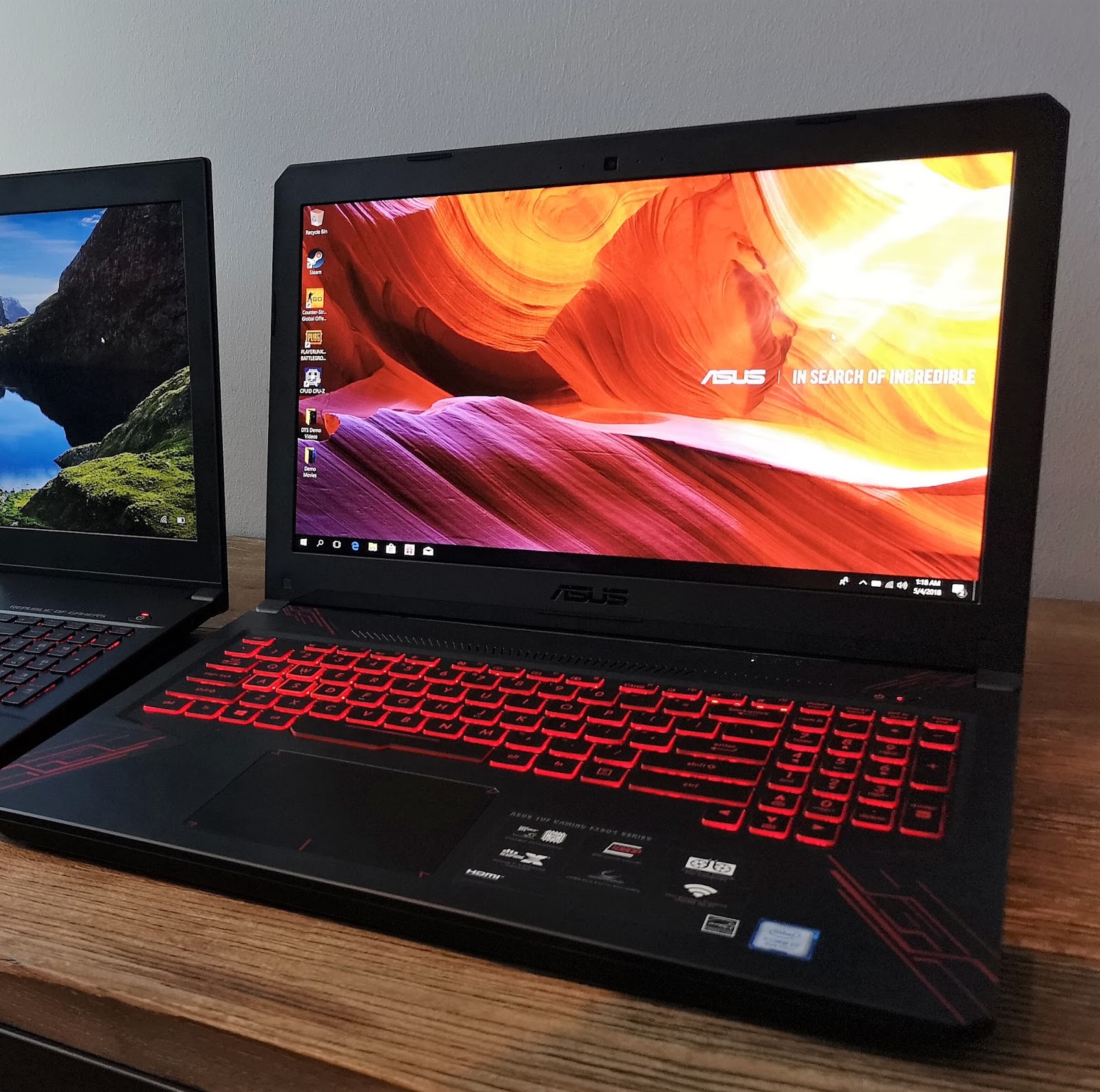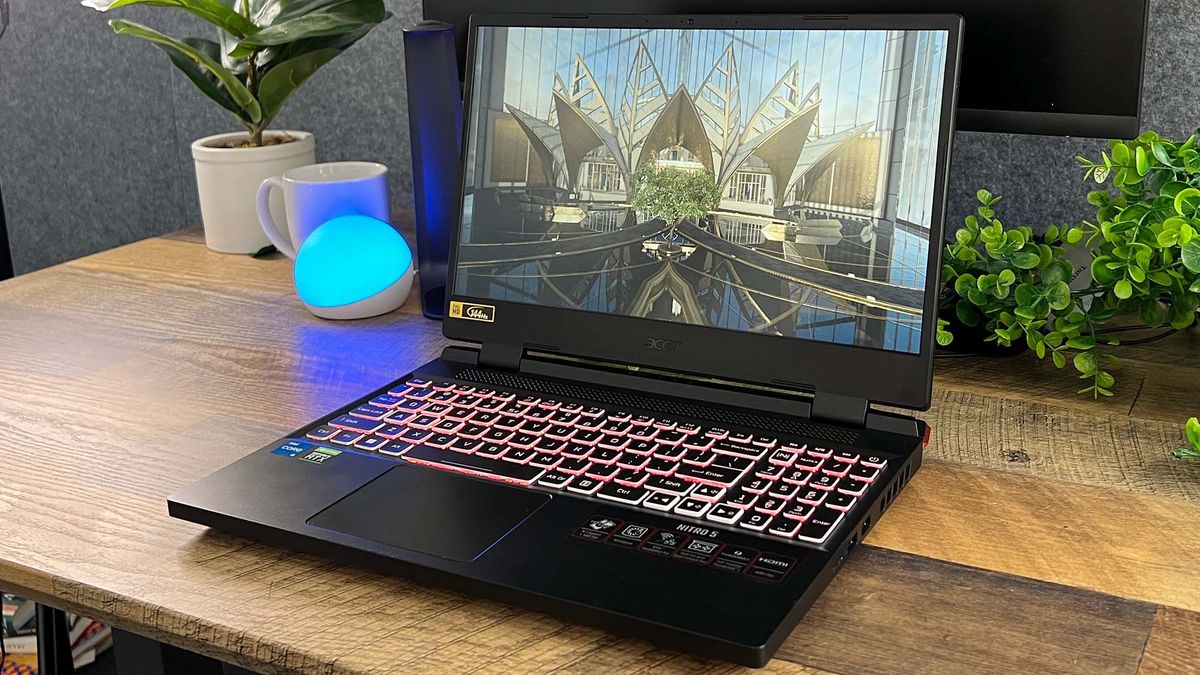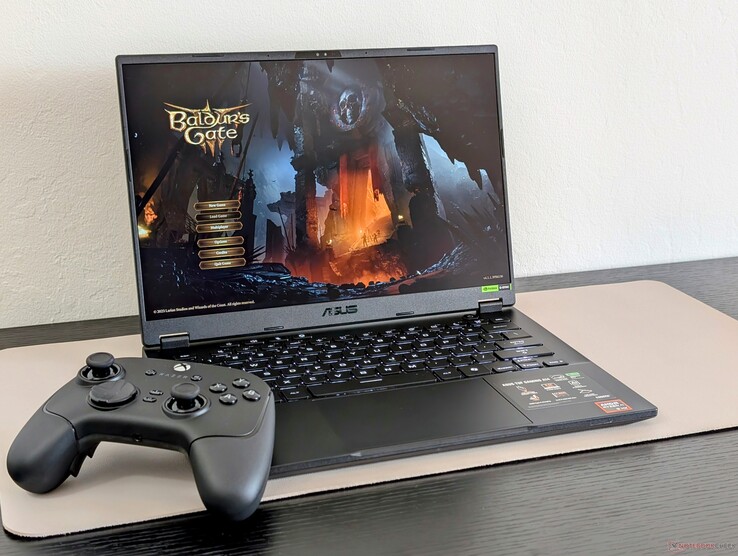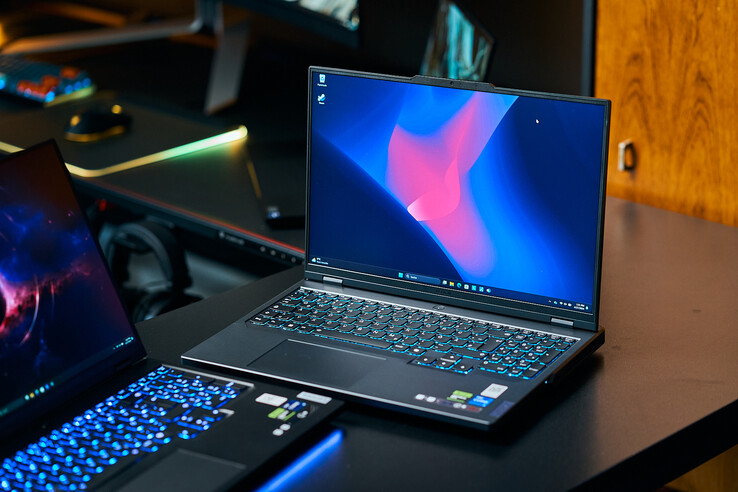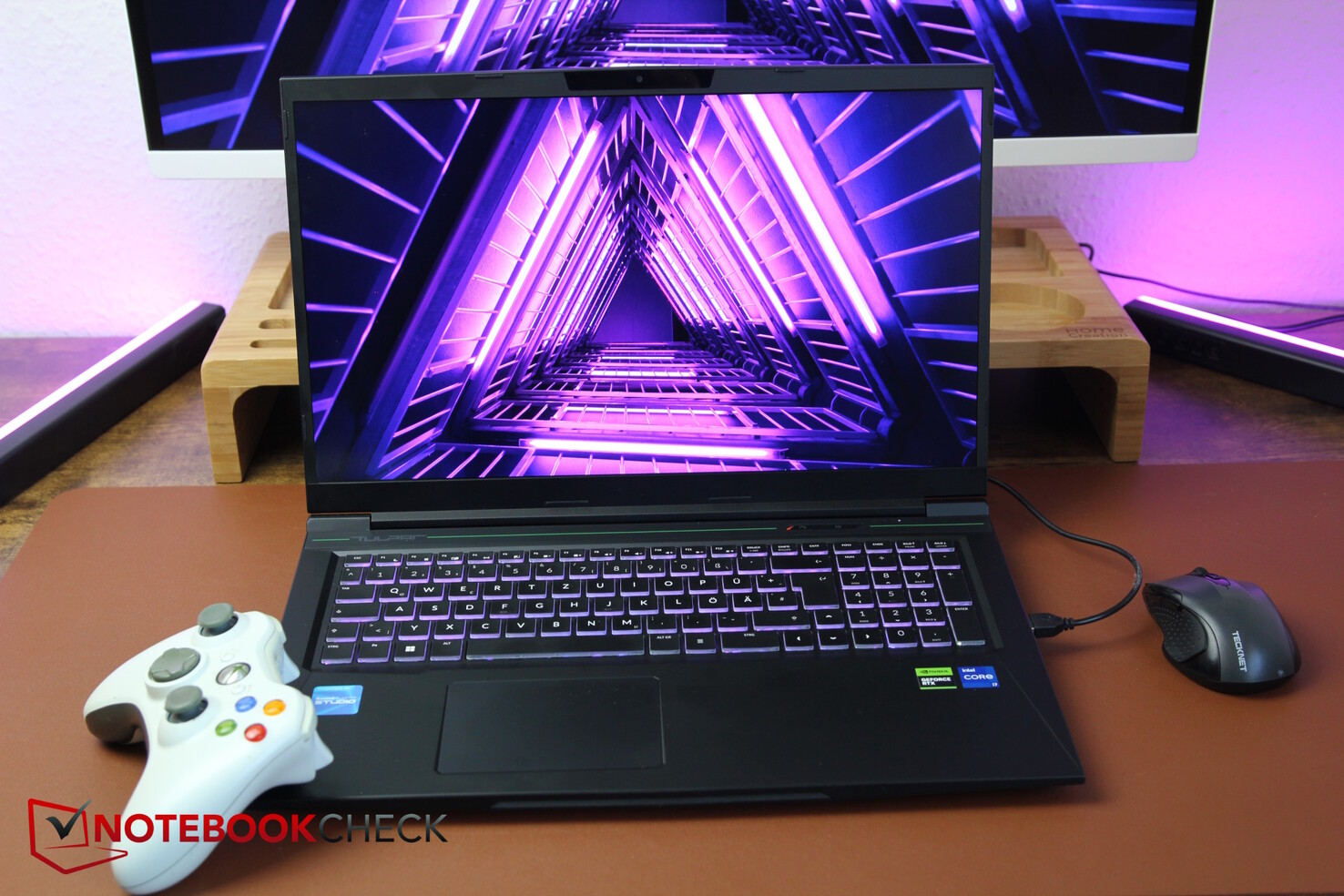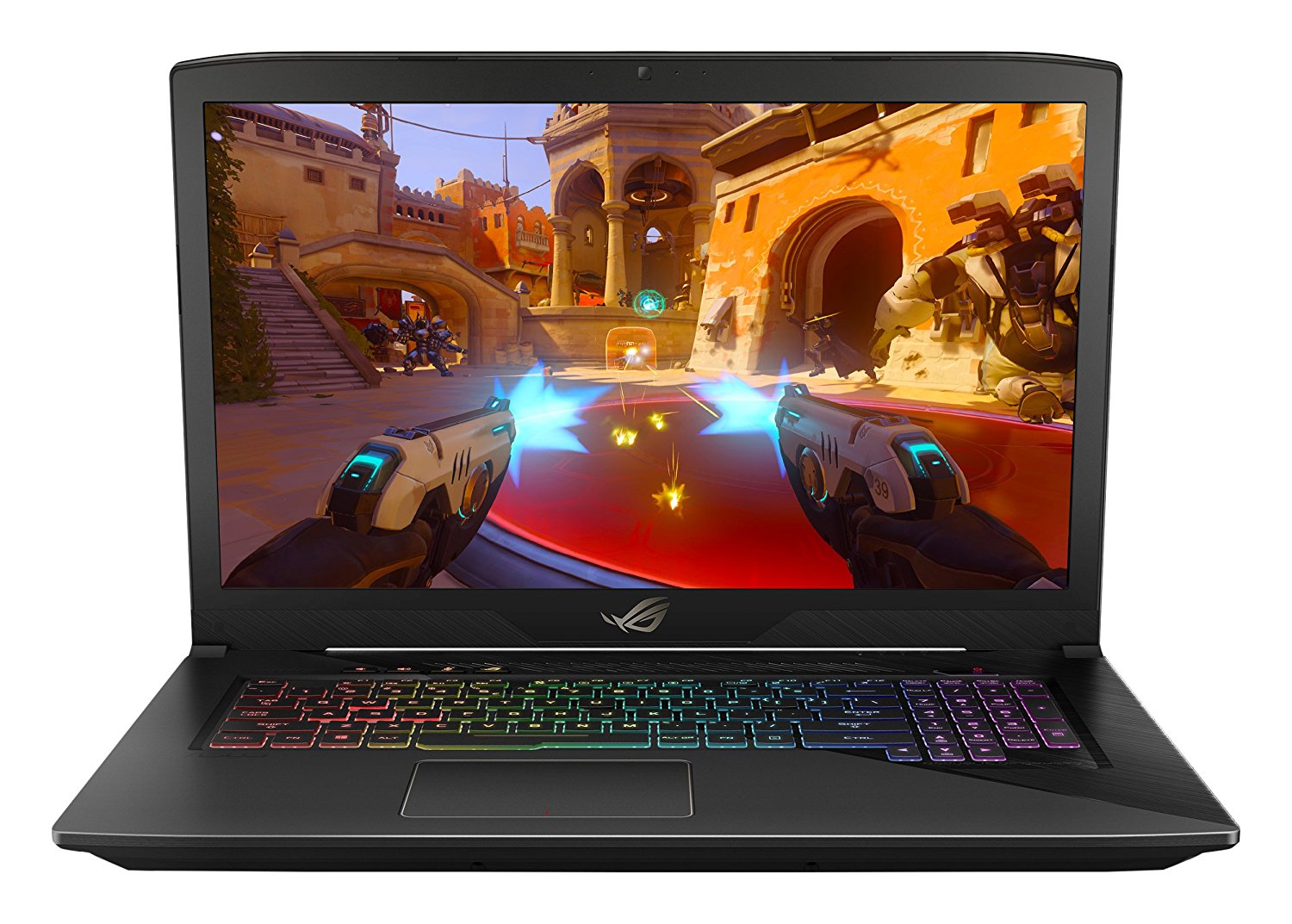Good Affordable Gaming Laptop

Alright, penny pinchers, listen up! Your quest for a decent gaming laptop that doesn't require selling a kidney ends here. We're diving deep into the realm of affordable gaming laptops, separating the wheat from the chaff.
Why should you even care? Because gaming shouldn't be a luxury only the rich can afford. We're talking smooth frame rates without emptying your bank account. Forget max settings on the latest AAA titles; we're aiming for enjoyable gameplay without breaking the bank.
Shortlist: Your Budget-Friendly Battle Stations
Here's a quick rundown of laptops catering to different budget levels:
- The Absolute Bargain Hunter (Under $700): Acer Nitro 5 (budget configuration)
- Sweet Spot Performer ($700 - $1000): Lenovo IdeaPad Gaming 3
- Pushing the Limits ($1000 - $1300): ASUS TUF Gaming A15
Detailed Reviews: Let's Get Down to Brass Tacks
Acer Nitro 5 (Budget Configuration)
This is your entry point. Expect compromises, but it gets the job done. It often features an AMD Ryzen 5 or Intel Core i5 processor paired with a modest NVIDIA GeForce GTX 1650 or RTX 3050.
The display is typically a 15.6-inch FHD (1920x1080) panel with a 60Hz or 144Hz refresh rate. Build quality is decent for the price. Battery life is not great; plan to stay plugged in.
Lenovo IdeaPad Gaming 3
This hits the sweet spot, balancing price and performance. You'll usually find an AMD Ryzen 5 or 7 processor, or an Intel Core i5 or i7, along with an NVIDIA GeForce RTX 3050 or RTX 3050 Ti.
Expect a 15.6-inch FHD display with a 120Hz or 165Hz refresh rate. The keyboard is comfortable, and the thermals are generally well-managed. It's a solid all-arounder.
ASUS TUF Gaming A15
Pushing the limits of "affordable," this laptop offers more power. Expect an AMD Ryzen 7 or 9 processor combined with an NVIDIA GeForce RTX 3060 or even an RTX 3070.
The display is usually a 15.6-inch or 17.3-inch FHD panel with a high refresh rate (144Hz or higher). The TUF series is known for its durability. Battery life can vary depending on the configuration.
Specs and Performance: Numbers Don't Lie
| Laptop | CPU | GPU | RAM | Storage | Typical FPS (Medium Settings, 1080p) |
|---|---|---|---|---|---|
| Acer Nitro 5 | AMD Ryzen 5 5600H | NVIDIA GeForce RTX 3050 | 8GB | 512GB SSD | 50-60 (AAA Titles) |
| Lenovo IdeaPad Gaming 3 | AMD Ryzen 5 6600H | NVIDIA GeForce RTX 3050 Ti | 16GB | 512GB SSD | 60-70 (AAA Titles) |
| ASUS TUF Gaming A15 | AMD Ryzen 7 6800H | NVIDIA GeForce RTX 3060 | 16GB | 1TB SSD | 75-90 (AAA Titles) |
Note: FPS figures are approximate and can vary depending on the specific game and settings.
Customer Satisfaction: What Are People Saying?
Based on aggregated reviews from major retailers and tech websites, here's a general sentiment:
- Acer Nitro 5: Users appreciate the low price point but often cite concerns about screen quality and battery life.
- Lenovo IdeaPad Gaming 3: Generally well-received for its balance of performance and value. Some users mention the design is a bit plain.
- ASUS TUF Gaming A15: Praised for its performance and durability. Some users find it a bit bulky.
Maintenance Costs: Projecting Your Future Expenses
Laptop maintenance can be a hidden cost. Let's break down potential expenses:
- Cleaning: Compressed air and microfiber cloths are cheap and essential.
- Thermal Paste: Reapplying thermal paste every 1-2 years can improve performance (around $10-$20 for decent paste).
- Battery Replacement: Laptop batteries degrade over time (expect to pay $50-$100 for a replacement).
- SSD Upgrade: Consider upgrading your SSD for more storage (costs vary depending on capacity).
Dust buildup is the enemy. Regular cleaning can prevent overheating and performance degradation.
Summary: Making the Right Choice
Choosing the right affordable gaming laptop is about balancing your budget with your performance needs. The Acer Nitro 5 is a budget-friendly option, but comes with compromises. The Lenovo IdeaPad Gaming 3 offers a sweet spot, while the ASUS TUF Gaming A15 provides more power at a higher price.
Consider the CPU and GPU performance, screen quality, build quality, and potential maintenance costs. Read reviews and compare specs carefully before making a decision. Don't forget to factor in the long-term costs beyond the initial purchase price.
Call to Action: Time to Get Gaming!
Armed with this knowledge, it's time to make a move! Click on the links above to check the latest prices and configurations. Remember to read user reviews and compare prices from different retailers. Happy gaming!
Frequently Asked Questions (FAQ)
Q: Can I upgrade the RAM and SSD on these laptops?
A: Generally, yes. Most affordable gaming laptops offer upgradable RAM and SSD slots. Check the manufacturer's specifications for details.
Q: What's the difference between an RTX 3050 and an RTX 3060?
A: The RTX 3060 is significantly more powerful than the RTX 3050. It will deliver higher frame rates and better performance in demanding games.
Q: Should I buy a laptop with a 144Hz display?
A: A 144Hz display offers a smoother gaming experience compared to a 60Hz display, but it requires a more powerful GPU to take full advantage of it. It's worth it if your budget allows.
Q: What is the ideal amount of RAM for a gaming laptop?
A: 16GB of RAM is recommended for modern gaming. 8GB is the bare minimum, but you may experience performance bottlenecks in some games.
Q: Can I run AAA games on these laptops?
A: Yes, but you may need to lower the graphics settings to achieve playable frame rates. Don't expect to max out every setting.
Q: How important is the CPU for gaming?
A: The CPU is important, but the GPU is generally more critical for gaming performance. Aim for a decent CPU that can keep up with the GPU. A Ryzen 5 or Core i5 is usually sufficient for budget-friendly gaming.


